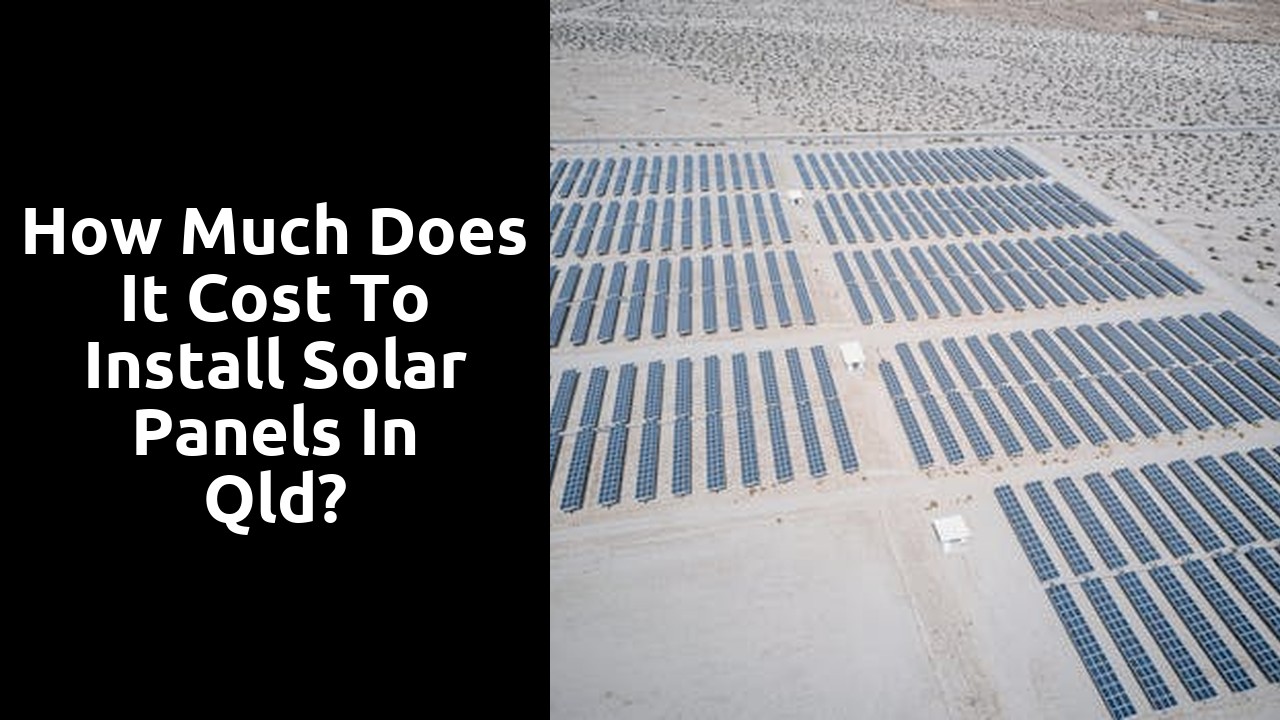
Solar Lighting Solutions Solar Inverter System Upgrades
How much does it cost to install solar panels in Qld?
Solar Inverter System Repair
Solar Inverter System Monitoring
Solar Inverter System Upgrades
How much does it cost to install solar panels in Qld?
Solar Inverter System Repair
Solar Inverter System Monitoring
Solar Inverter System Design Solar Inverter System Upgrades
How much does it cost to install solar panels in Qld?
Solar Inverter System Repair
Solar Inverter System Monitoring
Solar Inverter System Upgrades
How much does it cost to install solar panels in Qld?
Solar Inverter System Repair
Solar Inverter System Monitoring